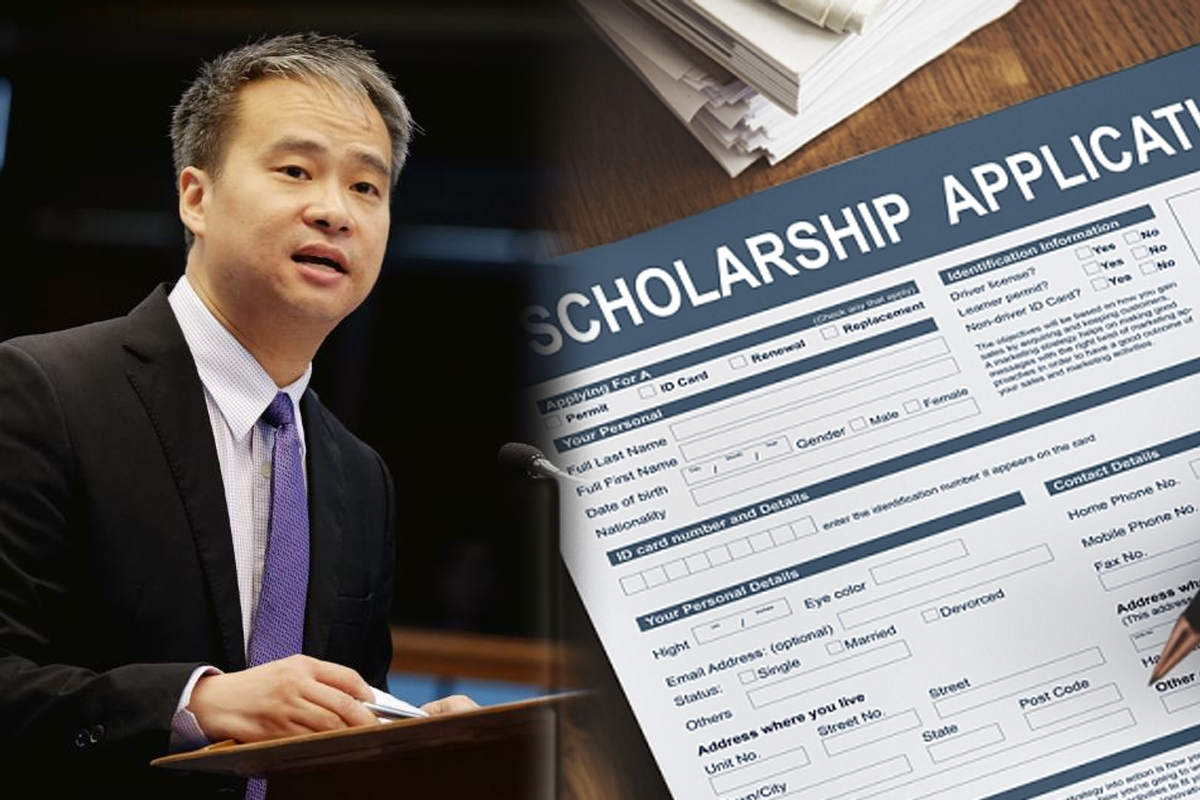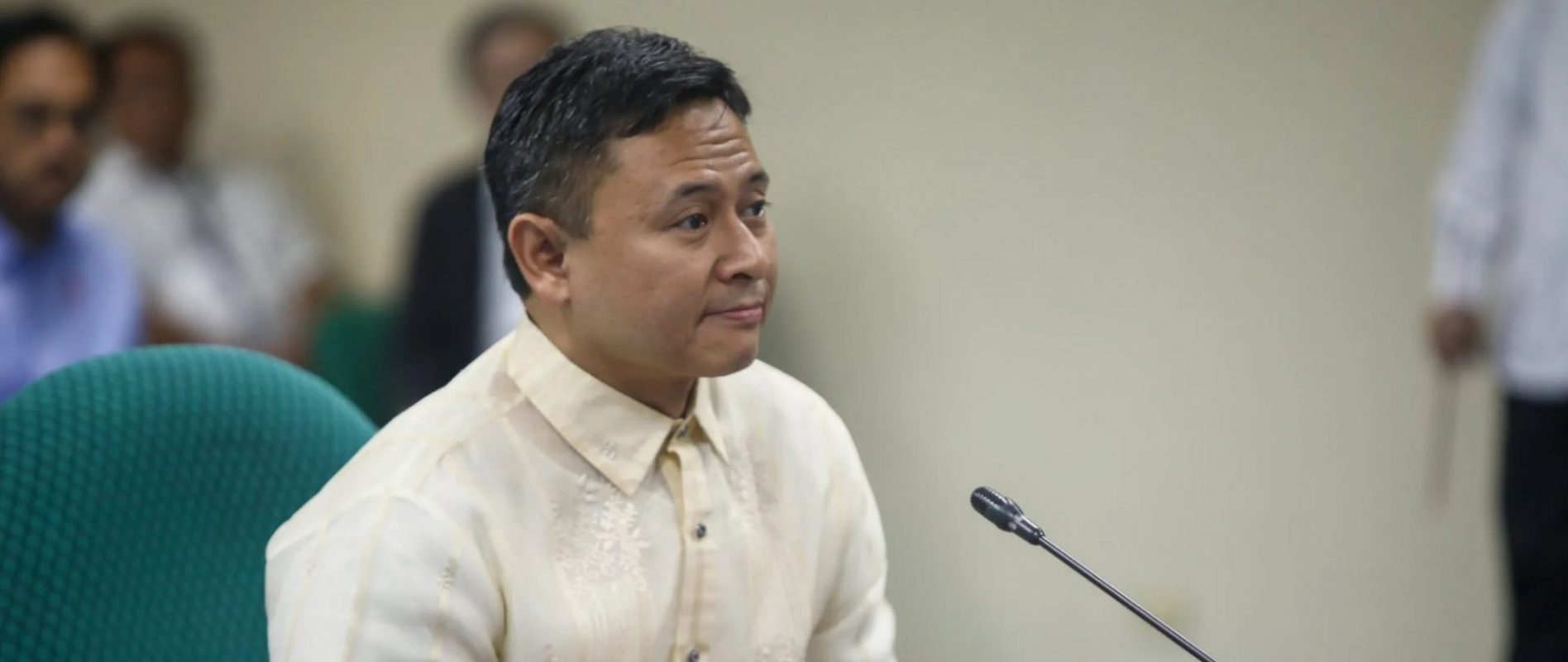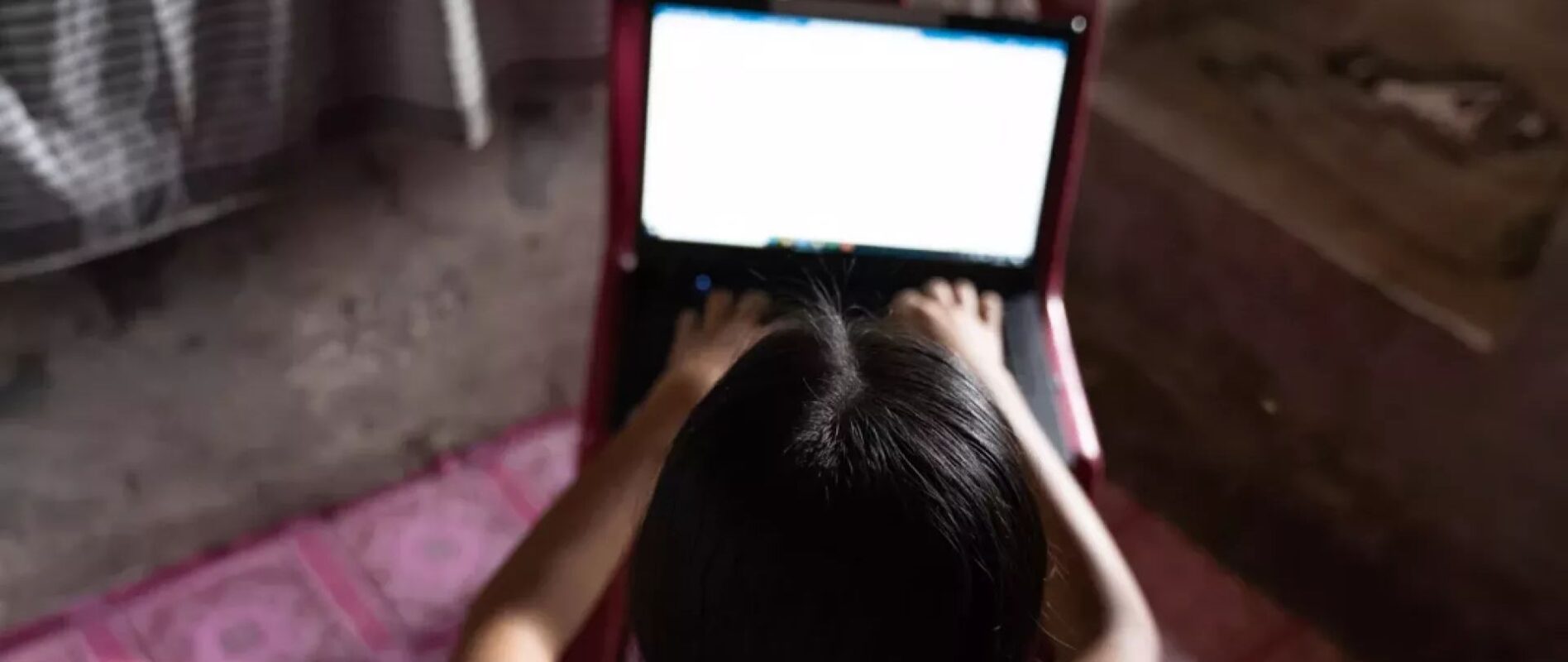BUDGET FOR MEDICAL SCHOLARS GETS BOOST
SENATOR Joel Villanueva on Sunday confirmed that funding for medical scholarships will be boosted to P2.6 billion in 2022 as the Doktor Para sa Bayan Act, which aims to produce thousands of physicians, goes on full blast.
Villanueva, who sponsored the law, said the P2.6 billion will be divided among state universities that offer medicine program, the Department of Health and the Commission on Higher Education.
A total of 16 state universities will share P1.3 billion for the expansion of their medicine program or as support for the application to offer the program.
Among the SUCs that will receive funds to set up a college of medicine are the Cavite State University, Batangas State University, Isabela State University, University of Southern Mindanao and Mindanao State University – General Santos.
“We have specifically earmarked the amounts that these SUCs can use to jumpstart their M.D. program,” Villanueva said.
“Other SUCs that run established physician education programs, such as the University of the Philippines-Manila and West Visayas State University in Iloilo, as well as the Mariano Marcos State University in Ilocos Norte, have also been appropriated funds for program expansion,” Villanueva explained.
The three newly established medicine programs at Cebu Normal University, Western Mindanao State University and the University of Southeastern Philippines also received additional funding for next year.
The DOH will get P374 million next year to pay for tuition and allowances of scholars enrolled in private and public medical schools.
Meanwhile, CHED’s three programs in support of the state medical scholarship program will get almost P1 billion next year.
According to the Senate version of the 2022 national budget, CHED will get P500 million for its medical scholarship and return service program, P167 million in financial subsidy to medical students, and P250 million as “seed fund” for SUCs that will be offering medical programs.
The Doktor Para sa Bayan Act or Republic Act 11509, aims to produce more physicians by offering scholarship opportunities to students. Scholars will receive free tuition and allowances, including costs of undergoing review for the licensure exams.
The law requires the scholar to return the favor by serving in public health facilities for at least one year for every scholarship year availed of.
The current doctors-to-population ratio is 3 doctors for every 10,000 population, while the objective is to increase the ratio to 10:10,000 to match the standards set by the World Health Organization.
“Kailangan po ng 12,165 medicine graduates kada taon para marating ang 10:10,000 sa taong 2030. Sa kasalukuyan, mayroon pong 7 rehiyon sa bansa ang walang SUC na nagooffer ng med school, at maraming munisipalidad ang walang doktor,” Villanueva said.
“Our growing population, especially the large ageing sector, compels us to produce physicians in enough numbers,” he said.














